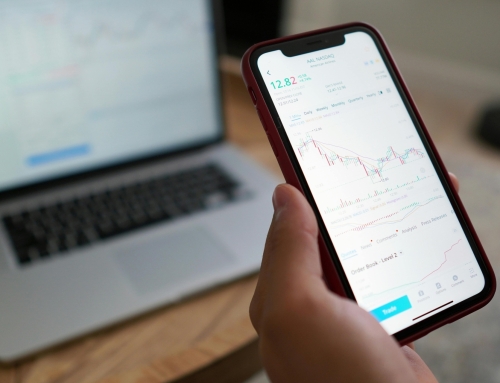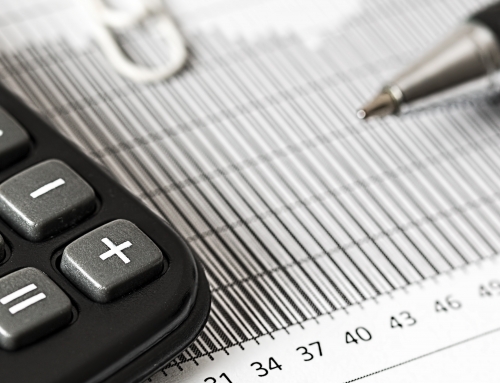A company's balance sheet is a statement of the company's financial position. What are its assets? What are its liabilities? How do they compare? These are all very important questions when considering a company for investment. However, even if you can find these numbers, what do they all mean? Luckily, the Bowser Rating system simplifies the balance sheet analysis process by considering three main components:
1) Book value: This is a company's total shareholder's equity figure divided by the number of common shares outstanding. The formula for determining book value looks like this (total assets-total liabilities)/common shares outstanding. NOTE: if the company possesses preferred shares, their value is subtracted from the shareholder's equity number.
For a company to receive a positive marking in the book value column, its share price must be below its book value. Analysts like using book value because it is a more stable comparison catered to a single company rather than say price/earnings, which can zig-zag and must be compared to other companies' ratios within the same industry.
2) Current ratio: This is a a company's total current assets divided by its total current liabilities. A figure higher than 1 means that the company has more current assets than current liabilities, which is good. At the Bowser Report, we like to see this ratio higher than 1.8 (for a positive marking), but prefer it to be over 2. A ratio over 2 shows that the company has twice as many current assets as it does liabilities.
The importance in this figure is its relationship to working capital. In effect, working capital is the difference between current assets and current liabilities (CA-CL). A positive working capital means that the company can pay off its short-term liabilities, using its short-term assets.
3) Long-term debt: Everyone knows that a huge debt hanging over head is a burden. Therefore, a huge amount of long-term debt is unhealthy for a company, especially for the small companies that we deal with. As with most debt, interest must be paid, which increases the amount of debt owed, and this increasing debt can eventually drown a company.
So, what's an acceptable amount of LTD? In order to receive a positive Bowser mark, we like to see LTD of less than 10% of the company's trailing twelve month sales. So, if a company has $100 million in sales, we prefer a long-term debt of no more than $10 million.
That's a short, but comprehensive balance sheet analysis. The balance sheet portion of our rating system only accounts for 3 of 12 possible points, but a poor balance sheet typically means that a company can't sustain other positive financials for too long. For questions give us a call or shoot us an email!






Leave A Comment